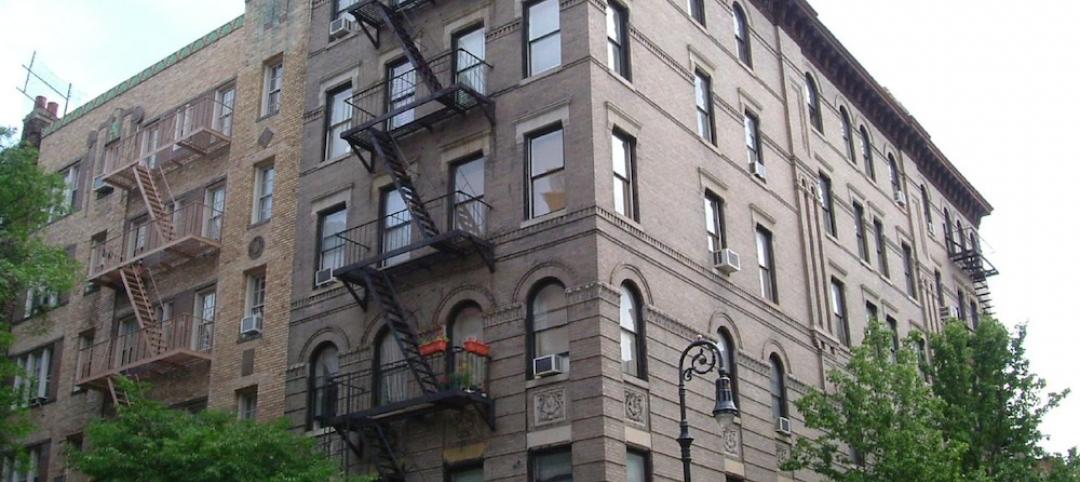Cushman & Wakefield’s 2022 Americas Office Fit-Out Cost Guide found supply chain constraints and shifting consumer demands will continue to add pressure to costs, both in materials and labor.
Increases in construction and customer demand for durable and non-durable goods have driven supply chain disruptions over the past two years. COVID-19 outbreaks and labor shortages have also wreaked havoc through ports and on trucking, transportation, and distribution capacities. The supply chain stress indices for both China and the U.S. ended 2021 up over 40% from pre-pandemic levels.
For office construction and fit-outs, these stressors have created increased delays, greater uncertainty, and higher costs. There appears to be some light at the end of the tunnel, though,
as the supplier delivery index that measures manufacturer delays has been receding
since the middle of 2021, the report says.
The waning of the pandemic may add more fuel to cost pressures, however, as office tenants are targeting the first half of 2022 for employees to return to a more standard office attendance model. “As office space usage increases, we expect organizations will expand their piloting and testing of different types of layouts related to hybrid work,” the report says. “This is likely to increase the amount of fit-out and office space construction activity in the coming quarters, creating even more demand for materials and labor.”
Related Stories
Codes and Standards | Aug 13, 2015
New York City may allow affordable housing developers to ‘double dip’ in subsidies
New York City may allow affordable housing developers to ‘double dip’ in subsidies
Codes and Standards | Aug 13, 2015
L.A. considers controversial traffic calming measures
Goal is to encourage alternative transportation
Codes and Standards | Aug 13, 2015
Proposed facility smart grid standard open for public review
Goal is common way to describe, manage, communicate about electrical energy consumptions, forecasts
Codes and Standards | Aug 6, 2015
AAMA updates methods for testing of exterior walls
The standard specifies test methods, specifications, and field checks to evaluate structural adequacy of exterior wall systems composed of curtain walls, storefronts, and sloped glazing.
Codes and Standards | Aug 6, 2015
Difference in male-female thermal comfort is due to clothing, ASHRAE says
Women wear lighter clothing in the summer, so they tend to be cooler in air-conditioned rooms, according to the group.
Codes and Standards | Aug 6, 2015
ConsensusDocs releases new CM agency contract standard agreement
For use when owner acts as the construction manager, hires a construction manager, or uses multiple prime contractors
Codes and Standards | Jul 31, 2015
AIA, International Code Council reach collaborative agreement on building codes
The deal covers a wide range of initiatives, including code development, compliance, and sustainability.
Codes and Standards | Jul 31, 2015
Report offers urban design recommendations for healthier cities, fewer traffic fatalities
Provides concepts for creating safer streets
Codes and Standards | Jul 31, 2015
2015 gypsum fire resistance design manual released
The 2015 edition contains nearly 100 new systems that supplement existing assemblies for walls and partitions, floor-ceiling systems, area separation walls, and many others.
Codes and Standards | Jul 27, 2015
New York City changing zoning rules to reduce shadows cast by high rises
For decades, the New York City’s zoning rules have made it hard to construct high-rise buildings that seem airy and minimize the shadows they cast. The city planning department is now working to change that.













